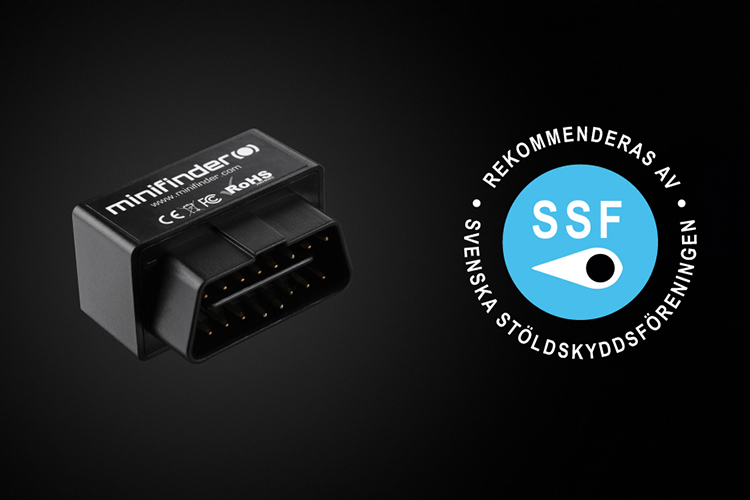Dec 15, 2023
Active dog breeds are characterized by their energy, endurance and often a strong will to work or play. These breeds have usually been developed for specific tasks such as hunting, herding or search and rescue work. Their energetic nature makes them excellent companions for active people and they thrive best with regular exercise and mental stimulation. Going on an adventure with an active dog breed is a pleasure for both you and your pup!
What characterizes an active dog breed?
An active dog breed is often characterized by a high level of energy, intelligence, and a strong drive to perform tasks or activities. They can quickly learn new commands and require regular, active exercise to keep them mentally and physically stimulated. Active dog breeds are often very loyal and thrive in environments where they can be an active part of family life.
Physical properties
Physical characteristics of active dog breeds often include a muscular build, stamina and speed. They have a well-developed musculature that helps them perform demanding tasks and lead an active life. Their coat and body structure are often adapted to the specific climate and the type of work they are bred for.
Behaviors
Behaviourally, an active dog breed stands out through its enthusiasm for physical activity and play. They often show a strong desire to please their owner and can be very focused when given a task. These dogs may exhibit restlessness or behavior problems if they are not given enough exercise and mental stimulation. They are also known for their intelligence and ability to quickly learn new things.
Popular active dog breeds
Active dog breeds are popular with dog owners looking for an energetic and engaged companion. Here are some of the most popular active dog breeds:
- Border Collie
Known for its intelligence and working ability, the border collie is an excellent herding dog. This breed is very energetic and requires a lot of mental and physical stimulation.
Labrador retriever - The Labrador is a versatile, family-friendly breed known for its friendly nature and love of physical activity. They are excellent swimmers and enjoy activities such as fetching.
- Australian shepherd
This breed is known for its intelligence and versatility. Australian Shepherds are excellent herding dogs and require regular exercise and mental stimulation. - Jack Russell terrier
Despite its small size, this breed is known for its energy and endurance. The Jack Russell terrier is an active and playful breed that loves to hunt and dig. - Vizsla
This Hungarian hunting dog is known for its athletic build and gentle temperament. Vizslas are very loyal and love long walks, runs and hikes. - Siberian Husky
Originally bred to pull sleds in cold climates, Siberian huskies have incredible endurance and love to run. This breed is social and requires regular exercise. - Weimaraner
This breed is known for its athletic body and energy. Weimaraners are excellent hunting dogs and enjoy activities such as long walks, running and various dog sports. - Dalmatians
Originally bred to run alongside carts, the Dalmatian has great stamina and loves to be active. They are also social and enjoy being part of family activities. - Springer spaniel
The Springer Spaniel is an energetic and playful breed, known for its ability to hunt and retrieve. They enjoy outdoor activities and are excellent companions on hikes and hunting trips. - Belgian Malinois
This breed is known for its intelligence and versatility. Belgian Malinois are often used in police and military service due to their high energy and work capacity. - Rhodesian Ridgeback
Originally bred to hunt lions, the Rhodesian ridgeback is a powerful and athletic dog. They are known for their endurance and need a lot of exercise and space to move around. - Dobermann
The Dobermann is an intelligent and energetic breed. They are known for their protective behavior and enjoy being active and engaged in various types of exercise and play.
The dog's needs
Active breeds have a number of basic needs that must be met in order for them to be healthy, happy and well-adjusted. Understanding and meeting these needs will help the dog's overall well-being.
Physical activities
Physical activities are essential for active dog breeds. Regular exercise such as walking, running, hiking, and various dog sports helps keep the dog's body in good shape and prevents health problems such as obesity and joint problems. Activities such as retrieving, agility training and herding not only provide exercise but also opportunities for the dog to use its natural instincts and abilities.
Mental stimulation
Mental stimulation is as important as physical activity. An active dog breed requires mental challenges to keep their minds sharp and to prevent behavioral problems caused by boredom. Puzzle toys, search games, training new commands and agility can provide needed mental stimulation.
Food and diet
Active dogs may require more calories and protein to support their energy needs. Consult a veterinarian to design a diet that suits the dog's age, size, activity level and any health conditions. Supplements may also be necessary to support joint and general health.
Care
Active dogs may require extra care, such as checking paws after long walks or activities in rough terrain. Like any other dog, they also need continuous brushing, dental care, nail trimming, and regular vet visits for vaccinations and health checks.
Go on an adventure with a dog
Going on adventures with your dog is a great way to keep both of you physically active and an opportunity to strengthen the bond between you and your four-legged friend. Whether it's hiking in nature, camping, or exploring new environments, there are many activities that can turn an ordinary day into a memorable adventure for both you and your dog.
Here are some tips and ideas to make your adventures as rewarding and safe as possible:
- Choose the right activity. Match the adventure to your dog's breed, age, fitness and interests. Some dogs love to hike in mountainous terrain while others prefer to play in the water. Know your dog's limitations and abilities.
- Preparations. Before you go on an adventure, make sure your dog is well trained and can follow basic commands like 'sit', 'stay' and 'come'. This is important for the dog's safety and to avoid problems in encounters with other people and animals.
- Equipment and packing. Make sure you have the necessary equipment with you such as water, bowls, dog food, first aid kit, dog leash and possibly a dog vest. A dog GPS can be a lifesaver if your dog gets lost.
- Safety first. Always be aware of the weather conditions and terrain. Make sure your dog is protected from the weather and hazards such as sharp rocks, thorns and wild animals. Also check local rules and regulations regarding dogs in the places you visit.
- Take it easy and enjoy. Remember, the main purpose of going on adventures with your dog is to have fun and build a stronger relationship together. Take breaks, play and enjoy time together. Exploring the world through your dog's eyes can give you a whole new appreciation for nature and your surroundings.
Taking your dog on an adventure can enrich your life and give your dog a fulfilling and stimulating experience. With the right preparation and attitude, every excursion can become an unforgettable adventure.
Also read our tips on hiking with a dog and how you should reason about walking your dog loose in the forest.



